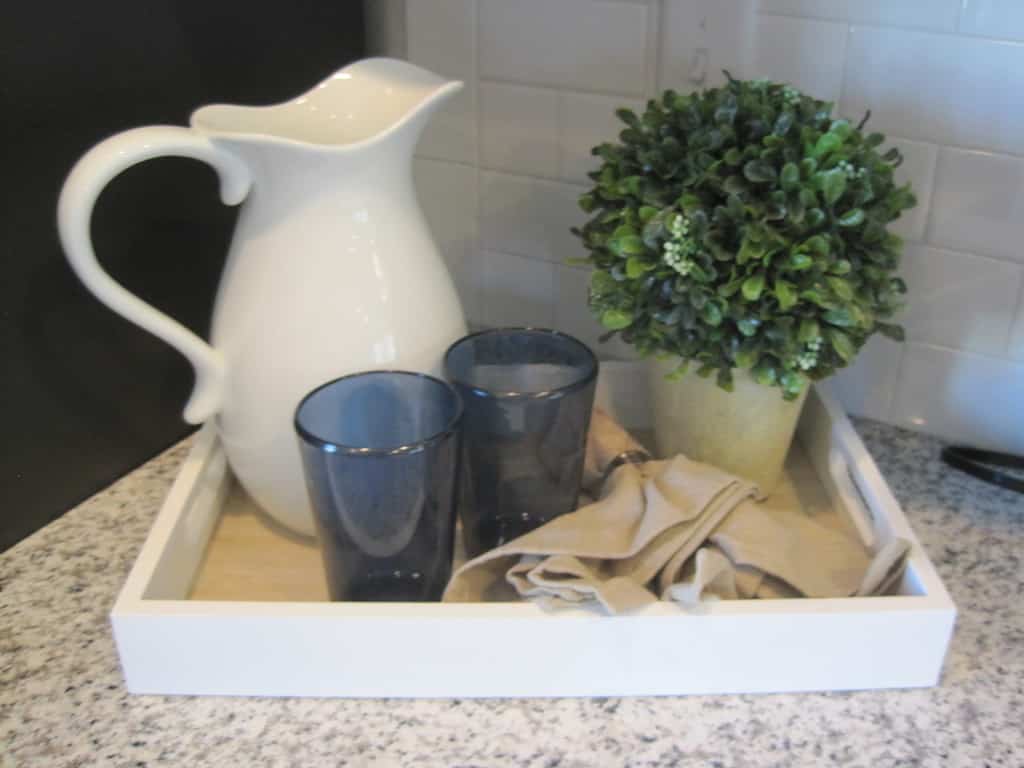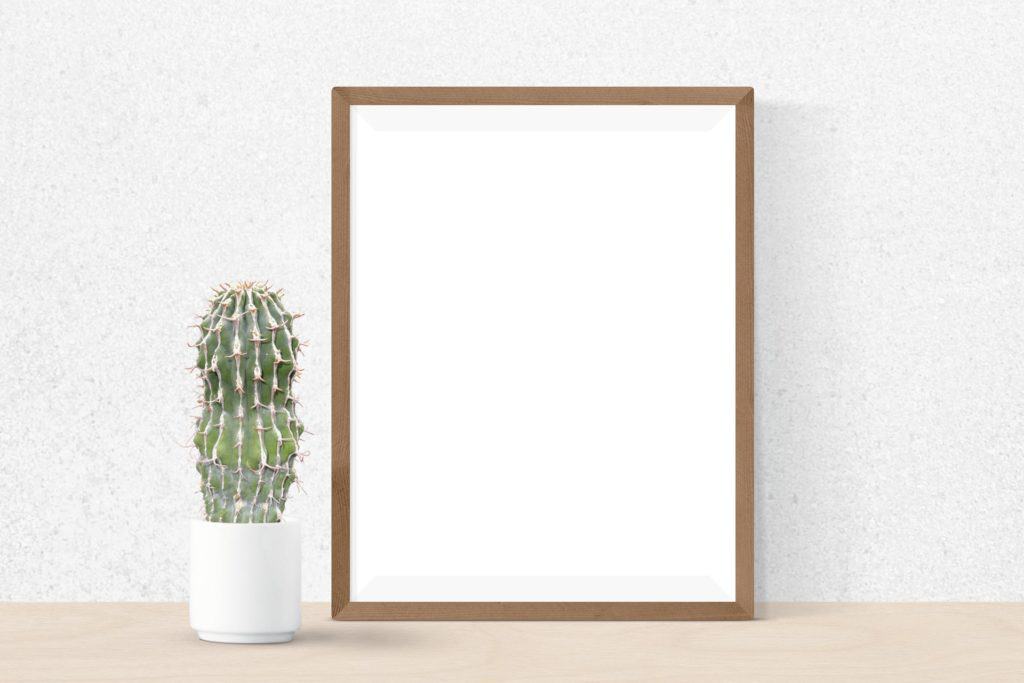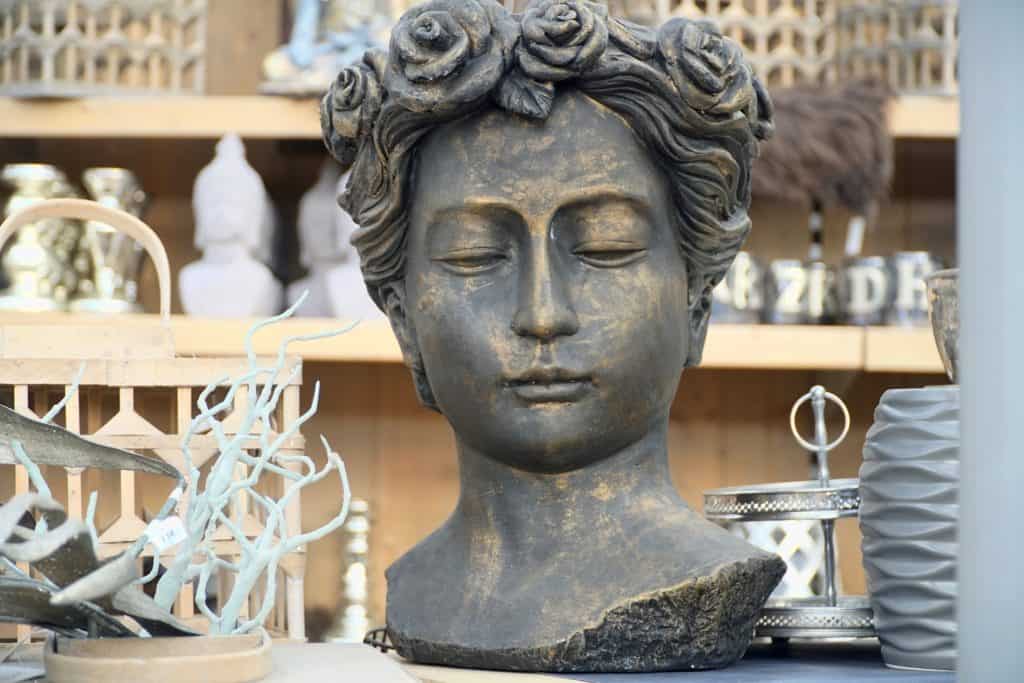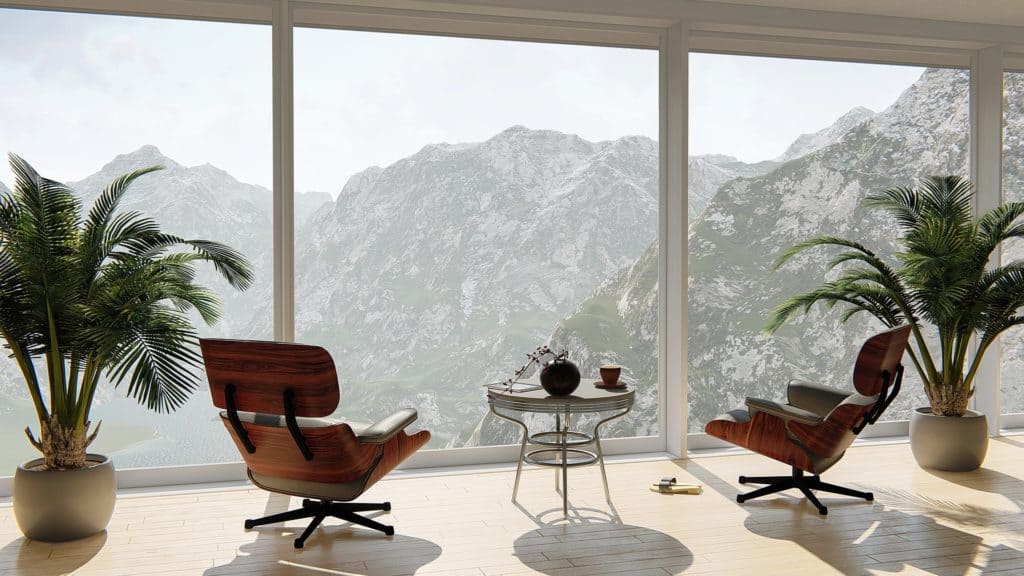Just about every room that you accessorize will have an accessory vignette. What is a vignette and how can you make it a powerful focal point in the room? There are actually specific elements that you should include in all of your vignettes. Here’s a step by step method to create great-looking vignettes of your own!
Defining What An Accessory Vignette Is
First things first: what are accessory vignettes?
Vignettes are small groupings of accessories placed in an aesthetic manner to create a cohesive and decorative element to your room.
Whether it is for a coffee table in a family setting or a little grouping on a bathroom countertop, an accessory vignette can add an interest element to any space. Personally, I like to theme my vignettes into a cohesive grouping.
Typically these vignettes are a few accessories grouped together in pleasant arrangement inside of a tray or a basket.
The Essential Elements of Any Good Vignette
Any vignette should have some specific elements to create an interesting grouping.
I like to start with a flat, but raised, lateral element such as a decorative box or a few books. When I find that element and zero in on the size, I add something soft like napkins in rings or a meandering plant. Finally, I will add a vertical element such as a candle, goblets, or a tall picture frame.
Recapping what’s been said before in a thousand other blog posts, is that accessories should never be set in even numbers unless we’re talking about two candlesticks. That’s truly about the only time you would want to accessorize any even numbers. If you have two of something that you would like to use in a vignette, add a corresponding third element as shown in the florals and watering pot below.

A photo from Ellen Phillips Interiors
Above All, Remember To Add Texture!
There is a little bit of a formula to putting these together and you’ve probably read a lot of blogs on this but the one element I always see missing is the texture.
A nice little vignette for a coffee table would be a tray with perhaps a few books in it, a plant, and maybe one accessory item. Whether it’s a ceramic, a glass, or a metal, that item should have texture. It’s a little bit formulated but I tend to like starting with basic formulas and then tweak them to my needs.
The thing you want to be careful of when you are creating accessory vignettes is that you want to ensure that there is an array of texture in the items that you’re putting together.

A photo from Ellen Phillips Interiors
If you have a couple of great coffee table books and maybe a plant, you’ll need something that’s not smooth to be the third item in that grouping. Whether it’s potpourri or little balls with rope or wicker, or something woven. Some kind of a texture. It could even be glass. Something with fractured glass on it but that one element needs to be there to add interest.
Stay Clear of Monotony!
One of the things I learned in design school was staying clear of monotony in designing and decorating.
Monotony comes from expected items or repetitive colors or sizes, and finally repetitive textures. You must be able to mix those up successfully when you decorate.
If you’re creating a color scheme of black and white – that can look stunning. Whatever you do make sure that you have more than 60% of your house or room in one of the colors and do not divide it evenly. It will feel like a harlequin or a jester. And you will get bored inside that room and not know why.
That is the psychology of looking at repetition.
Understanding The Psychology Of Your Own Home Design
You also want to be sure that when you are creating your color scheme, you have at least three colors involved. If it’s a black and white scheme, that’s great. Now, what’s your third color? Could be red, it could be royal blue, it could be gold. It could be anything, but that accent color needs to be there and you really should keep that color at a minimum so it feels like an accent to your main colors. With these accessory vignettes, you can pop in that accent color and it works so well!
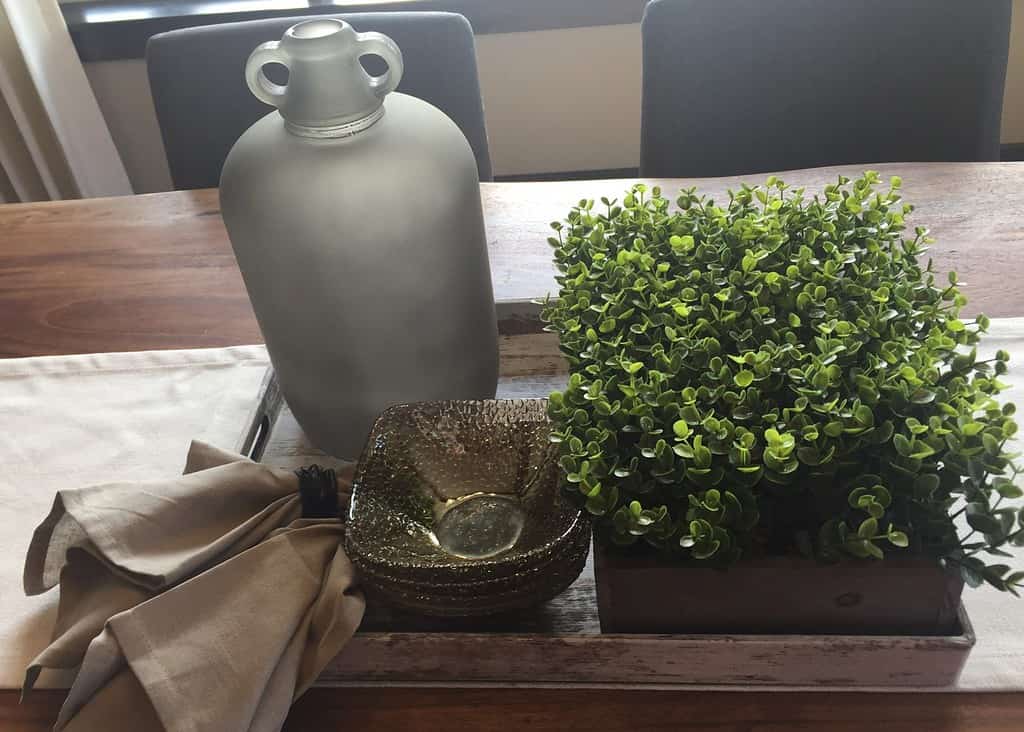
A photo from Ellen Phillips Interiors
So many times I have talked with clients who said they saw something on HGTV or at a store or model home and they tried to duplicate it in their own house but it just didn’t work. It fell flat. Sure enough, when I take a peek at their interior inevitably the issue is that things are too evenly divided.
As with accessory vignettes, you need to keep that interest as well. Sometimes the interest can be the tray or the basket in which you are placing the vignette.
I’ve seen many times where people choose to put some decorative balls or spheres in a bowl but both are of the same texture. Whether that is a ropey-rattan look or a smooth blown glass look. Mix it up for sure and add that other element to it.
The Placement of Vertical Elements
Aside from texture another factor you want to look at when creating a vignette is the height of the items. You don’t want everything to be the same height. It looks like a lawnmower came by and cleaned it up nice and fresh for you. But that’s not good!
You need to have varying heights on your items. And it can be as simple as adding one more book for your plant to sit on just to boost it up a smidge. Keep interest in your vignettes.
Feng Shui And Vignetting
I like to see little vignettes in kitchen corners on the counter tops. They added softness to the corners. If you read my blog on Feng Shui, and you have a nice profitability corner, by all means add elements in a beautiful vignette that will embellish that.

A photo from Ellen Phillips Interiors
In bathrooms, little vignettes for countertops always look amazing between sinks or in corners of a long countertop.
The wonderful thing about a bathroom vignette is you can highlight some of your nice spa-type items. That can be a beautiful jar with just cotton balls or Q-tips. Maybe an antique hand mirror or an elegant bottle of perfume and a nice plant.
You can even choose to have some colorful facecloths rolled up in odd numbers, in a little pyramid. Candles also look amazing in bathrooms. And whether you use them or not they certainly give you a subconscious message relaxation and spa in a bathroom. If you are going for a spa feeling with your vignette, add rocks as filler. They add a perfect texture!
Don't Get Bored!
There’s a lot of psychology that goes into merchandising models that carries over to residential design.
You definitely don’t want to spend time and money on your interior design and then feel like you’re walking through your house and you are bored. If that’s happening call your decorator back to tweak these few things.
You don’t need to start over and you don’t need to spend a fortune, but you’ve probably just got a little bit too much monotony going on which is why you feel that way.
When you’ve arranged your vignettes correctly, you’ll find you love walking through your house and just looking around and taking in the visuals.
You should have a lovely feeling of sanctuary inside your own home. I love that aspect of design. We are all so busy in life, but having a wonderful haven to come home to at night is the best thing ever.

